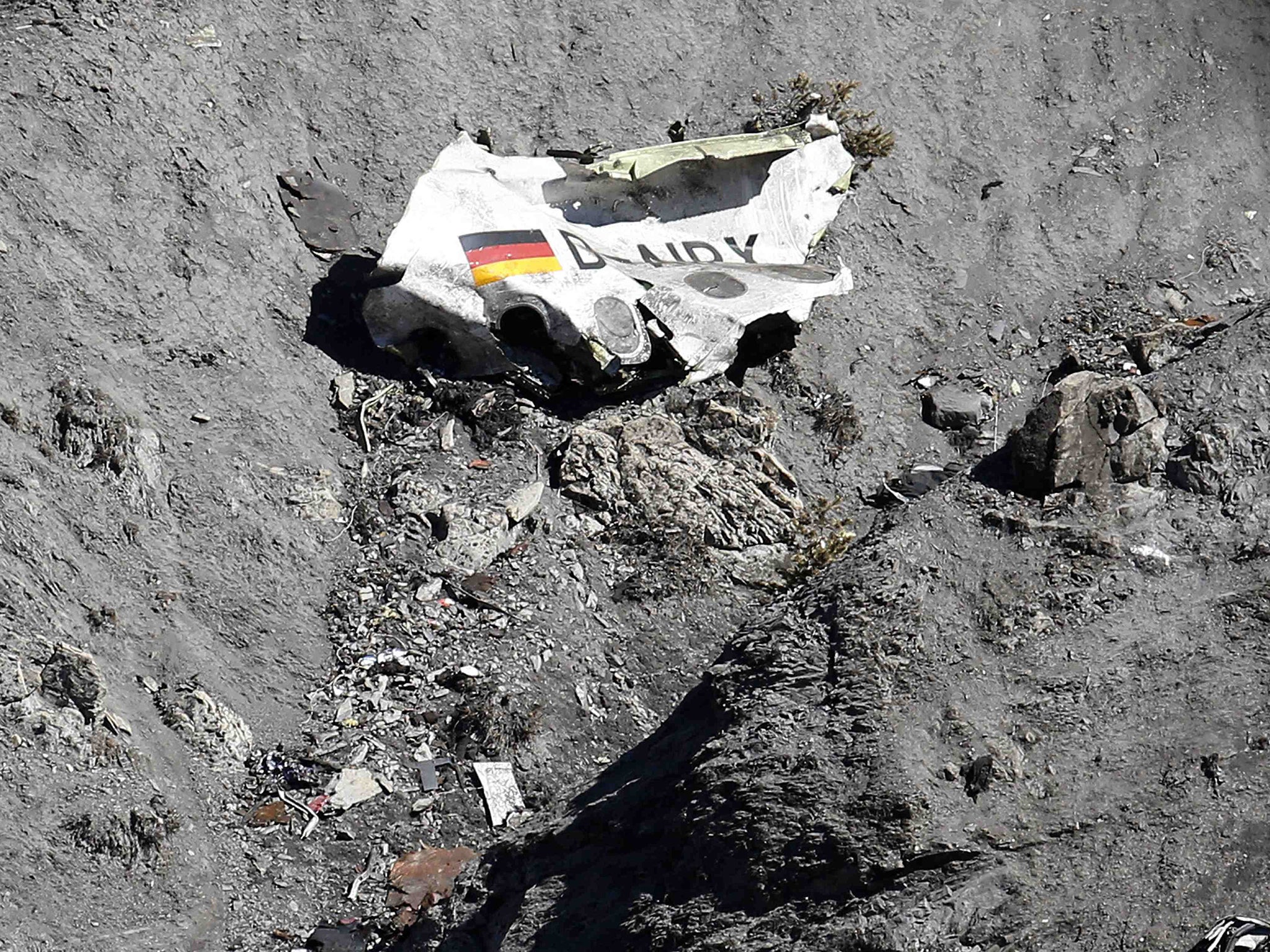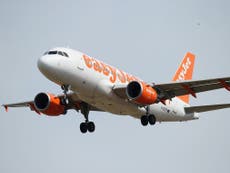Andreas Lubitz: Knee-jerk reaction to 9/11 enabled mass murder
The ill-thought reinforced cockpit door has had catastrophic consequences


A leading aviation security expert has condemned the rules on cockpit access as a “knee-jerk reaction to the events of 9/11” – which, he says, enabled the Germanwings co-pilot to commit the mass murder of the 149 other people on Flight 4U 9525.
Philip Baum, the editor of Aviation Security International magazine, said: “From the moment it became apparent that the Germanwings flight had made a controlled descent… with no Mayday, one feared that either pilot suicide or a hijack was the cause. The ill-thought reinforced cockpit door has had catastrophic consequences.”
After the terrorist attacks, airlines began to install reinforced doors. Costing hundreds of thousands of pounds each, they are intruder-proof and bullet-proof. The system includes a keypad that is intended to allow authorised crew to enter the flight deck if the pilots become incapacitated. But a promotional video made by Airbus demonstrates how easy it is to deny access even to fellow crew who know the emergency code.
With a flick of a switch, someone with ill intent can deny access for a minimum of five minutes. Given that it was several minutes after leaving the flight deck before the locked-out captain would have begun the procedure for gaining access, the co-pilot had time to carry out his plan to crash the aircraft.
Mr Baum said that the philosophy of aviation security was skewed too far towards preventing a repeat of the 2001 attacks. “Yet again our focus on detecting prohibited items, rather than negative intent, emphasises the excessive attention given to terrorism and our failure to address other threats to aviation security.”
Currently, the key procedures for the flight door are concerned not with locking but with the risks around its opening. A cabin-crew member is deployed to stand between the cabin and the flight deck, and the door is opened for as little time as possible.

Among UK airlines, Monarch was first to make public changes to its standard operating procedures. A spokeswoman said: “The airline has always practised an ‘eyes-on’ check at 15- to 20-minute intervals during the cruising phase of a flight – this is where the cabin crew enter the flight deck and check on the captain and first officer.
“All passenger flights will now require a member of cabin crew to stand in the flight deck when either the captain or the first officer leave the area for any reason.”
The Civil Aviation Authority is discussing new procedures with other British carriers. The chief executive of Lufthansa, Carsten Spohr, counselled against any immediate changes to procedures for his airline group, which includes Germanwings. He told a press conference: “My firm confidence in the selection, in the training, in the training of our pilots, in the qualification of our pilots, in the work of our pilots, has not been touched by this tragedy.”




Join our commenting forum
Join thought-provoking conversations, follow other Independent readers and see their replies